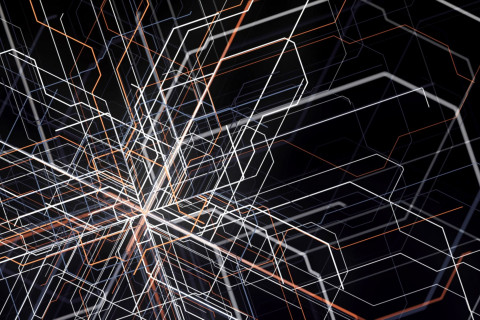The doctoral dissertation in the field of Photonics will be examined at the Faculty of Science, Forestry and Technology, Joensuu Campus.
What is the topic of your doctoral research? Why is it important to study the topic?
My doctoral research focuses on different plasmonic structures/platforms for surface-enhanced Raman scattering. For the past few decades, the field of plasmonics has found many applications in, for instance, photovoltaics, 2D materials, light sources, sensors, and collective and localized resonances. Plasmonics forms a major part of nanophotonics that combines the properties of both electronics and photonics by confining the light energy at the nanoscale. Therefore, combining Raman spectroscopy and plasmonic structures can be very beneficial for various surface-enhanced Raman scattering (SERS) applications.
What are the key findings or observations of your doctoral research?
Researchers have always been looking for ways to improve Raman signal intensity which suffers greatly from the substantial background fluorescence. Various structures supporting surface plasmon resonances were studied for surface-enhanced Raman scattering. This work demonstrated that Raman signal enhancement benefited both from the increased coupling efficiency of the Raman excitation laser, as well as from the increased field enhancements at the Raman transition wavelengths. Additionally, the cost-effective method for high throughput plasmonic SERS substrates fabricated by DNA-assisted lithography and biotemplated lithography of inorganic nanostructure techniques has been demonstrated. The bowtie structures showed strong field enhancement and increased Raman signal intensity was associated with the gap resonance. Finally, the hybrid structures consisting of both bowties and bowtie apertures were studied. The performance of the composite structure with respect to the structure with bowtie particles only and that of apertures only were presented. Overall, the composite structure is superior to both the aperture-only and bowtie-only structures.
How can the results of your doctoral research be utilised in practice?
Previous studies claim that the plasmonic resonance should reside between the Raman excitation laser wavelength and Raman transitions. One would already be starting to think about the head-to-head comparisons with the conventional SERS that supports only the single resonance. The results presented in the DNA origami-shaped silver nanoparticle's work can open up avenues for customizable optically resonant surface fabrication, as the DNA origami platform enables adjustment of shape, density, chirality and gap sizes of the patterned units for adapting to analyte-/application-specific purposes.
What are the key research methods and materials used in your doctoral research?
The research in this area encompasses defining the research problem, theoretical work, numerical simulations, fabrication and optical characterizations of these structures.
The doctoral dissertation of Kabusure M. Kabusure, MSc, entitled Plasmonic structures for surface-enhanced Raman scattering will be examined at the Faculty of Science, Forestry and Technology, Joensuu Campus. The opponent will be Professor Tim Liedl, Ludwig-Maximilians-Universität, and the custos will be Professor Tommi K. Hakala, University of Eastern Finland. Language of the public defence is English.
For more information, please contact:
Kabusure M. Kabusure, [email protected]





